Indications:
Ace syrup solves fever, mild to moderate pain, neuropathic pain, headache, toothache, earache, body ache, colic pain, chronic back pain, inflammatory pain, post-vaccination pain and fever in children. Rheumatism and osteoarthritic joint pain, renal stone and migraine pain.
Dosage:
Dosage of Tablet:
Adult:
1-2 tablets every 4 to 6 hours maximum 4 gm (8 tablets) daily.
Dosage of Children:
(6-12 years): ½ to 1 tablet 3 to 4 times daily.
Dosage of Extended-release [XR] Tablet:
Dosage of Children over 12 years:
2 Tablets swallowed whole every 6 to 8 hours (maximum 6 tablets in any 24 hours). The tablet should not be crushed.
Dosage of the Suspension/Syrup:
Dosage of Children:
Under 3 months: 10 mg / kg body weight (reduce jaundice to 5 mg / kg) 3 to 4 times a day.
Dosage of Children:
3 months to below 1 year: ½ to 1 teaspoon 3 to 4 times daily.
1-5 Years: 1-2 measuring spoonful 3 to 4 times daily.
6-12 Years: 2- A measuring spoonful 3 to 4 times daily.
Dosage of adult:
4-8 measuring spoonful 3 to 4 times daily.
Dosage of the suppository:
Dosage of Children:
3 months to 1 year: 60-120 mg. 4 times daily.
1 to 5 years: 125- 250 mg. 4 times daily.
6 to 12 years: 250- 500 mg 4 times daily.
Dosage of adults and children over 12 years:
0.5-1-gm. 4 times daily
Dosage of Pediatric Drop:
Dosage of Children Up to 3 months:
0.5 ml [40 mg].
4 to 11 months: 1.0 ml [80].
7 to 2 years: 1.5 ml [120 mg]
Do not change the dosage without the advice of a doctor.
Administration:
Ace 100 ml syrup or Paracetamol can be taken with or without food. Tablets and capsules should be swallowed whole with water. Taking on an empty stomach can cause gastrointestinal problems. Ace syrup can be relieved after taking or with food.
Chewable tablets should be chewed well and eaten with water before eating. Must be shaken well before taking suspension or syrup. If possible, use a spoon in a medicine packet. So that the right amount of medicine can be diagnosed. Check product guidelines or follow your doctor’s advice before taking medication.
Side effect:
Thrombocytopenia, leukopenia, pancytopenia, neutropenia, agranulocytosis, pain at the site of inj and burning sensation. Rarely, hypotension and tachycardia. Potentially Fatal: Stevens-Johnson syndrome, toxic epidermal necrolysis, acute generalized exanthematous pustulosis, acute renal tubular necrosis, and hepatotoxicity.
Pregnancy and lactation:
Ace 100 ml (paracetamol) is safe at all stages of pregnancy and lactation.
Pharmacology:
Ace syrup is the composition of paracetamol (Acetaminophen) which is the safest and most widely used painkiller and antipyretic. Ace produces analgesic action by increasing the pain threshold and antipyretics through action in the hypothalamic heat regulatory center. Ace syrup has significantly mild side effects and is less likely to cause many serious side effects related to aspirin and other NSAIDs. Paracetamol or Ace syrup 100 ml is rapidly and completely absorbed from the GIT after oral administration and from the rectum after rectal administration. The average half-life of absorption from the upper small intestine is only 7 minutes. The drug is widely metabolized in the liver and has a plasma half-life of 1.5 to 3.0 hours. Paracetamol is not bound to plasma proteins to any extent. Paracetamol infusion provides pain relief within 5 to 10 minutes of starting administration. Peak The analgesic effect is found within 1 hour and the duration of this effect is usually 4 to 6 hours. Paracetamol infusion reduces fever within 30 minutes of starting administration with a duration of at least 6 hours antipyretic effect.
Overdose:
Symptoms of paracetamol overdose include paleness, nausea, vomiting, loss of appetite and abdominal pain. Liver damage may become apparent 12-48 hours after taking paracetamol. Hepatic failure in severe poisoning Encephalopathy can cause coma and death.
Commercial Packaging: Ace 100 ml syrup: Each box contains 100 ml syrup(with a measuring cup) in sealed cap bottle.

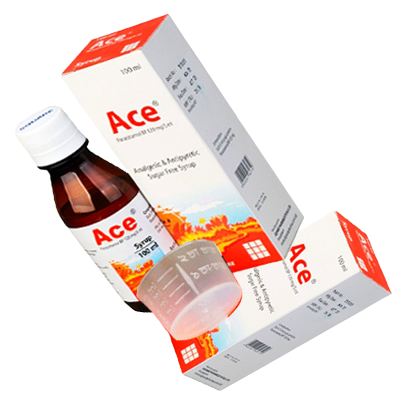
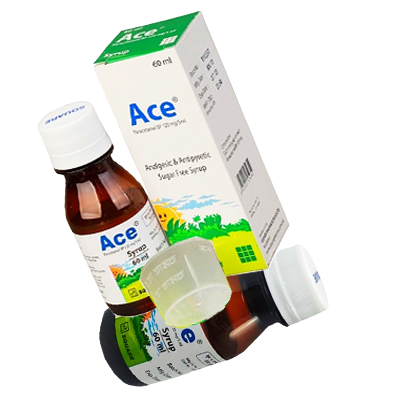
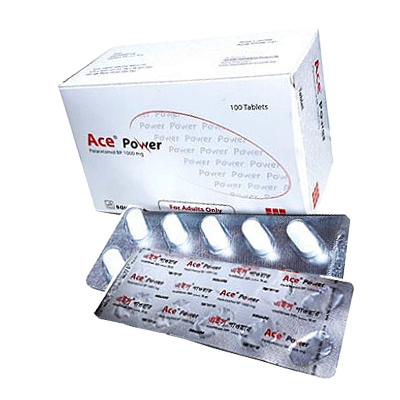
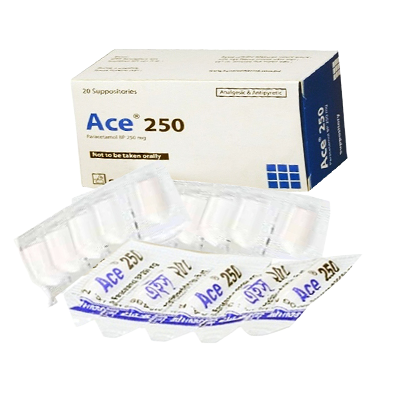
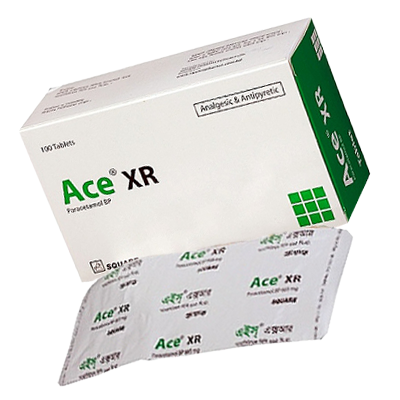
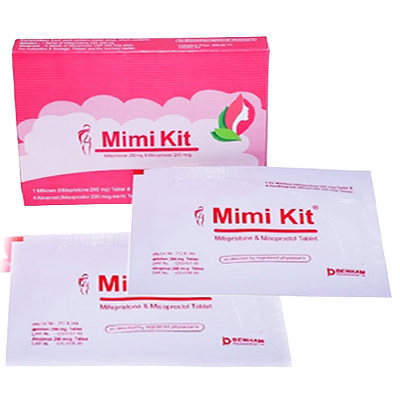

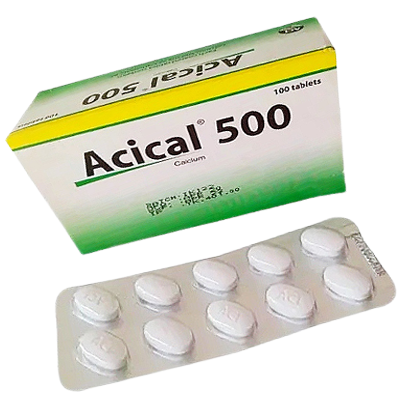
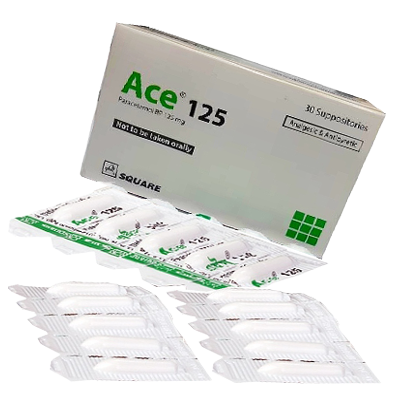
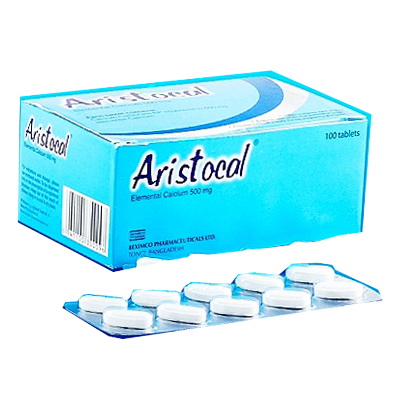







Reviews
There are no reviews yet.